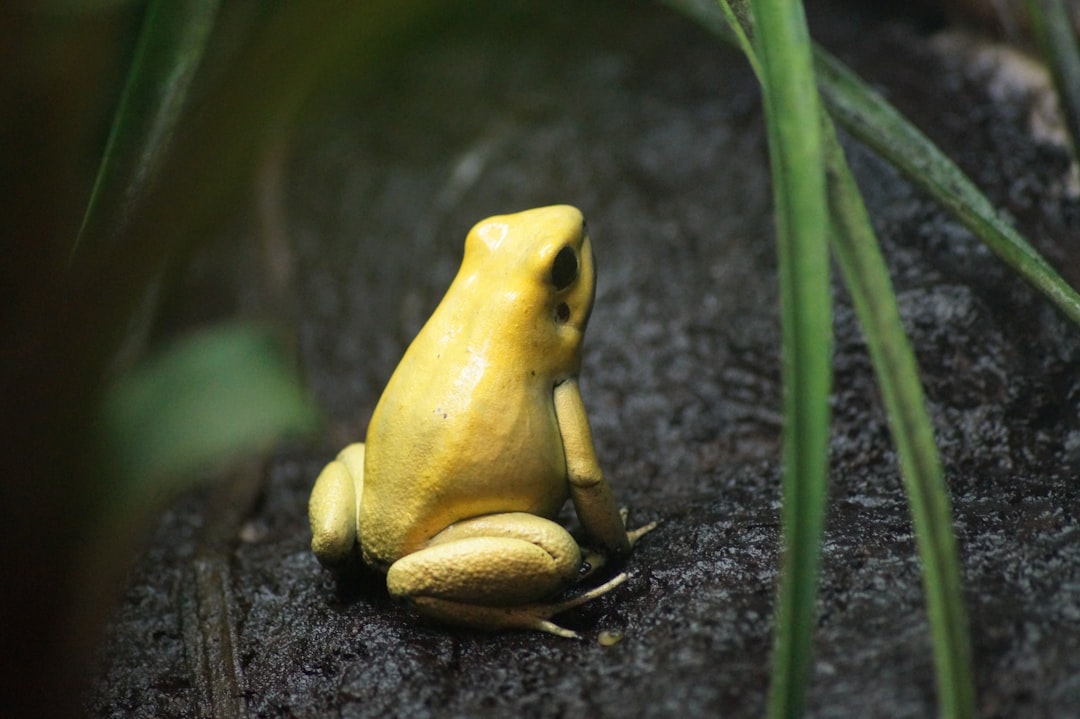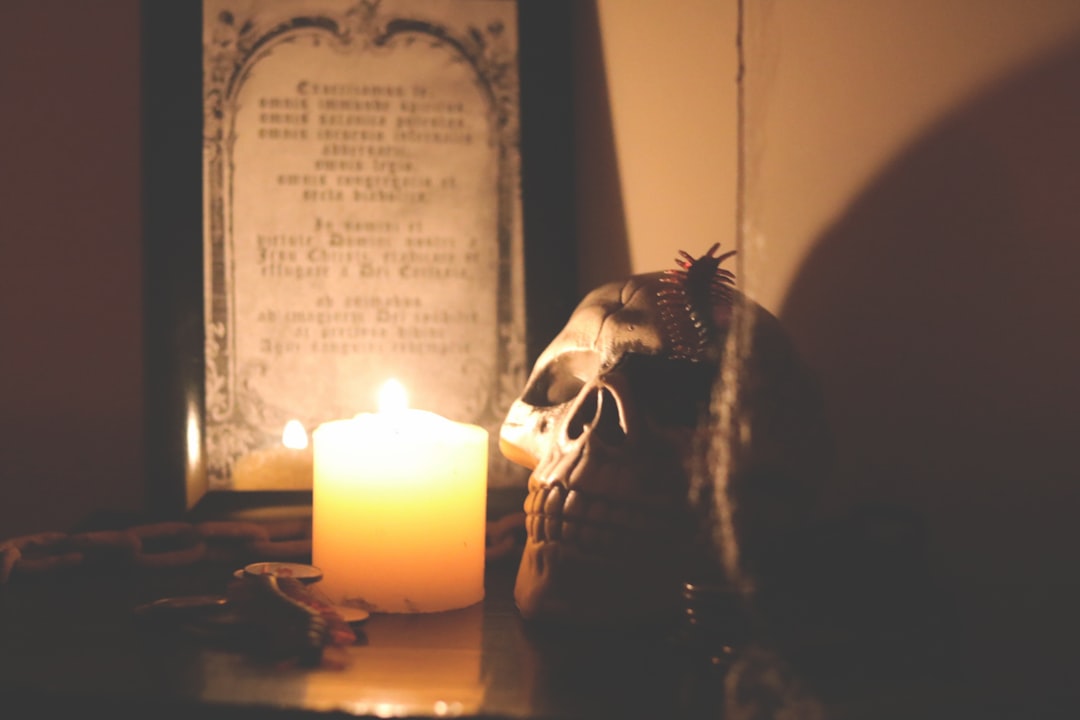What is it about?
The objective of this work was to study the effect of different hosts and temperatures on Diaphorina citri Kuwayama (Hem., Psyllidae) biology. Citrus limonia (Rangpur lime), Murraya paniculata (orange jessamine) and Citrus sunki (Sunki mandarin) were used as hosts. Measurements included duration and viability of the egg and nymphal stages, sex ratio, fecundity and longevity. In order to verify the effect of temperature on D. citri biology, the duration and viability of its developmental stages and biological cycle were compared at seven different temperature conditions. Durations of the embryonic and nymphal stages were similar for Rangpur lime, orange jessamine and mandarin. However, the nymphal viability obtained on mandarin was lower than the values obtained on the other hosts. Fecundity was higher on orange jessamine and, in all instances, females had greater longevity than males. A fixed number of instars (five) was obtained on the three hosts. Rangpur lime and orange jessamine provided better D. citri development when compared with mandarin. Duration of the egg and nymphal stages varied from 2.6 to 7.7 and from 9.4 to 35.8 days, respectively, at temperatures from 18 to 32°C. Egg viability was higher than 81.6% at the temperature range studied (18–32°C); nymphal viability was higher than 70% at the 18–30°C range, differing from viability at 32°C, which was dramatically reduced. The D. citri lower temperature development threshold (TT) and thermal constant (K) values for the egg, nymphal and biological cycle (egg–adult) stages were 12.0°C and 52.6 Degree-Day (DD); 13.9°C and 156.9 DD; and 13.5°C and 210.9 DD respectively.
Featured Image
Read the Original
This page is a summary of: Biology of Diaphorina citri (Hem., Psyllidae) on different hosts and at different temperatures, Journal of Applied Entomology, December 2007, Wiley,
DOI: 10.1111/j.1439-0418.2007.01230.x.
You can read the full text:
Contributors
The following have contributed to this page










